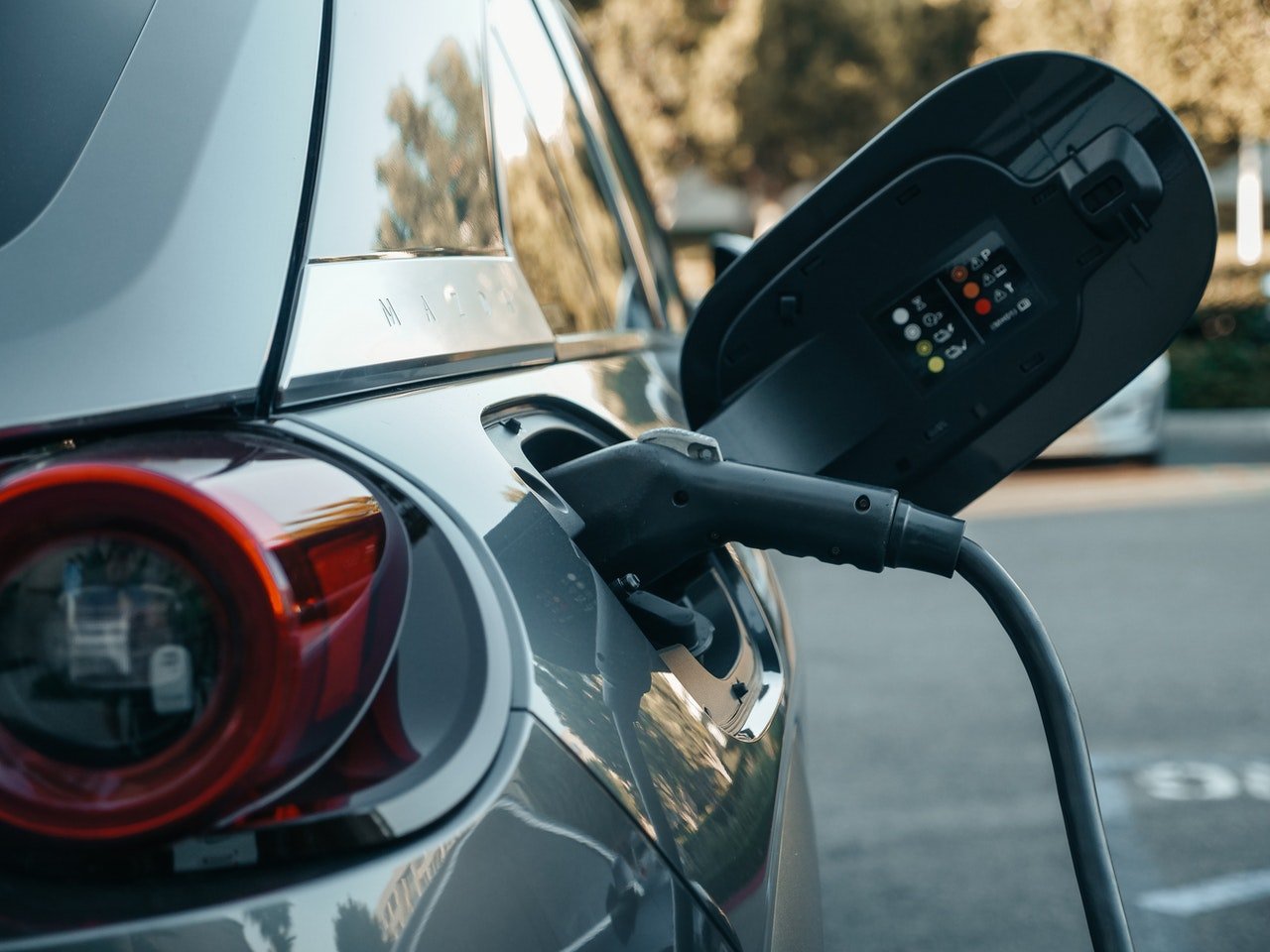Electric Vehicles are fast becoming an integral part of the Automotive Ecosystem across the world. It is important to understand some of the major components of an Electric Vehicle. Battery Pack is one such component and it constitutes almost 40% of the electric vehicle cost. The safety of the Battery Pack and the management of the battery pack are done by the Battery management system.
Let’s understand in detail what exactly is a Battery management system,
Let’s dive in,

What is a Battery Management System (BMS)?
Battery Management System (BMS) is a system that manages the battery pack of an electric vehicle so that the battery pack operates safely and efficiently. It monitors all the cells of the battery pack and evaluates the battery’s health, its charge percentage, and much more.
Why is Battery Management System (BMS) required?
Usually, electric vehicles use Lithium-ion batteries. Common nominal pack voltages in electric vehicles could be 300 V – 800 V. As batteries represent a major portion of an Electric Vehicle (EV) and the voltages are very high, the safety of EV Batteries is very important. Battery Management System (BMS) is required for managing the safety of EV Batteries. BMS is required not only for the safe operation of EV batteries but also for the efficient functioning of EV Batteries.
Key responsibilities of Battery management system.
Safety and Power Optimization
As Lithium-ion batteries operate at higher voltages it is important to maintain the safety of the batteries and the electric vehicle. The Battery management system takes care of safety. It continuously monitors each cell of the battery both while charging and discharging. Depending on the state of charge, each cell in a battery pack experiences a different temperature affecting the performance of the pack as a unit. The sensors are employed for the direct measurement of current, voltage, and temperature parameters of each cell and BMS Monitors all these so that the batteries operate in a safe condition.
BMS is monitors state of charge (SOC) and state of health (SOH).
State of charge (SOC)
SOC is the level of charge of an electric battery relative to its capacity. The units of SoC are percentage points (0% = empty; 100% = full). SOC is determined so that the Battery is never overcharged nor undercharged. SOC can be used to determine the distance the EV would cover before the battery needs a recharge.
State of health (SOH)
SOH is the condition of a battery compared to its ideal conditions. The units of SoH are percent points (100% = the battery’s conditions match the battery’s specifications). Based on SOH, battery lifespan and maintenance schedule can be projected.
Apart from the SOC and SOH, BMS also monitors energy calculation, current threshold, energy delivered, and the consumption of energy and power. The continuous monitoring of these parameters plays a significant role in maintaining the safety of the battery pack and improved life span.
BMS ensures that the battery operates in voltage, current, and temperature conditions in which the device can be expected to operate without any self-damage.
Cell Balancing
Cell balancing is an important activity to improve the battery life by reducing the number of charge and discharge cycles. BMS balances the charging and discharging values of each cell in a battery pack.
BMS incorporated either the active balancing or the passive balancing technique to take care of all the cells.
Passive Balancing
In the passive cell balancing technique, the discharging of the cells is through a bypass route that is mostly dissipative in nature. The excess energy from the cells is removed by providing a single point of drainage for all the cells. This helps in the complete recharging of all the cells at the same rate. The capacity of a module is still limited by the weakest cell therefore an additional coolant technique is required with it. It is simple and easier to implement than active balancing techniques as the bypass can either be external or be integrated — keeping the system more cost-effective either way.
Active Balancing
The active balancing technique uses inductive charge shuttling or capacitive charge shuttling to transfer the charge between the cells. It redistributes the energy among cells rather than dissipate and waste it. However, this demands additional components to be added to the system which in turn translates to increased cost.
Communication
BMS communicates with different Electronic Control Units (ECUs). It transmits the data to the motor controller to ensure the smooth running of the Electric vehicles. For AC charging, BMS communicates with the onboard charger to control the charging of the battery pack.
Moving Forward
Battery Management System for Electric Vehicles is evolving. The latest breakthrough is a wireless battery management system that gets rid of cables.
Many more such innovative technologies are under development with respect to Electric Vehicle BMS and associated components. These will empower the ambitious EV program that OEMs, governments, and other stakeholders are pursuing.



